You know, the things in the back of drawers you haven’t seen for ages
As I clear out the last of my film equipment I find I am still left with a lot of, well, stuff. None of this has much value and the effort-to-dollars-realized ratio is not very exciting but, having sold off most of the big dollar items, what am I to do? Throw these things away? Even if my time is worth more spent on other things, I feel a duty of care to these once seemingly indispensible gadgets.
Let’s see.
There is that wonderful Leica MC selenium cell meter which I bought some 35 years ago. It would clip to the top of my Leica M2 or M3 , couple to the shutter speed dial and provide accurate light readings whenever asked. Selenium cells, which need no battery, are meant to die from age but this one was always stored in the dark when not in use and remains as accurate today as it was over three decades ago. It’s the same one clipped to QE2’s M3 in that famous stamp where she can be seen holding the camera. Yes, she was an M3 gal back then. Now you should understand that she never paid for hers. No, she didn’t pinch it. Rather, Leitz, recognizing she was more German than English, honored her bloodline with, yes, you guessed it, a free one with her initials on it, no less! Sold for $40 (the meter, not the Queen).
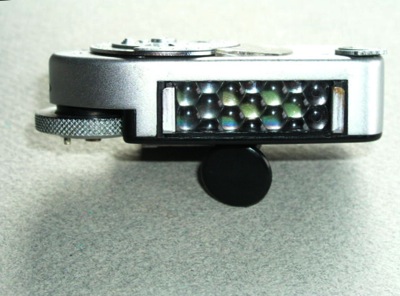

Or how about that wonderful, inverted cone hood that Leitz concocted around 1971? By inverting the cone and venting the rear, the amount of the hood intruding into the field of view, especially noticeable with the wide angle M2 viewfinder with the older design, became a thin line which you barely noticed after a while. Brilliant. $38.

Then there’s that superb Schneider 8x loupe used to check negatives or slides for sharpness before committing all that time to scanning them. For reasons best known to themselves, Schneider replaced the 8x and only sell a 4X which is not powerful enough to tell you much. A superb tool and indispensible for the film user, if of no use to a digital photographer. $90.

Next up is that sweet little Japanese Kopil self-timer – useful for those cameras like my unlamented Leica M6, which had none, or whenever a jar-free release was needed and no cable release was to hand. No use for that with modern equipment, what will all those options which include what color you want your coffee. $13. It served me well indeed.
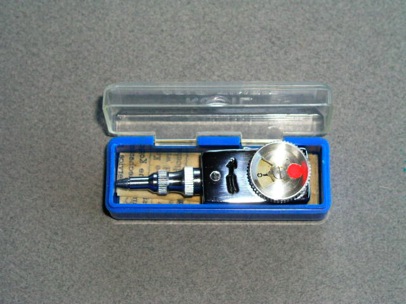
Here’s one of the funkier items, though none the less useful for that. A Leica lens coupling ring, allowing two M lenses to be attached back-to-back for space efficient storage in the camera bag. Just be careful you don’t ram that $3,000 21mm Asph Elmarit in there, as expensive grinding sounds will testify to rear element-to-rear element contact! Big bucks for this one – $35.
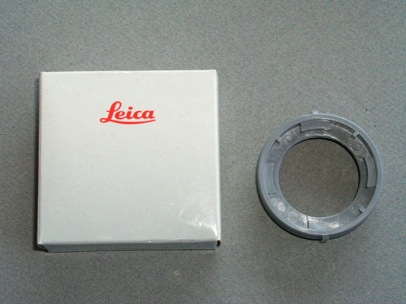
And while we are on the topic of funky, what about this little gadget? It fits around the rewind knob of a Leica M2 or M3 which, in its absence, is a device designed by Torquemada and his boys, and guaranteed to flay the skin from your thumb and index fingers as you rewind the film into the cassette. A process which takes about a day, by the way. Strange that one camera, the Leica M2, can have both the best and worst designed components at the same time. This jewel, fastened with a set screw, rises with the rewind knob and gives you proper leverage to do a painless and speedy job. Much sturdier than the fragile 45 degree rewind crank that first saw the light of day with the Leica M4. How quaint rewinding film seems now. Another $30. When Leica made their ‘retro look’ MP a couple of years ago, they fitted it once more with that silly rewind knob, then immediately started offering these for $180 as an accessory. No kidding!

What about that cute Olympus Stylus Quartz Date, a clamshell design 35mm point-and-shoot with a 35mm Olympus lens, auto everything, and truly pocketable? This one went around the world with me several times. Lucky if I get $30 for it.
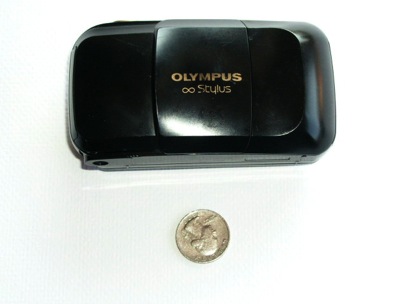
Now for the heavy artillery. There’s that Leica Bellows, modelled on the Golden Gate when it comes to rigidity, which was the bee’s knees in close-up gear thirty years ago with your Leica M and the Visoflex mirror housing. Beyond gorgeous in construction and I still cannot seem to unload this one, a bargain at $80, which includes a couple of beautifully machined adapters.
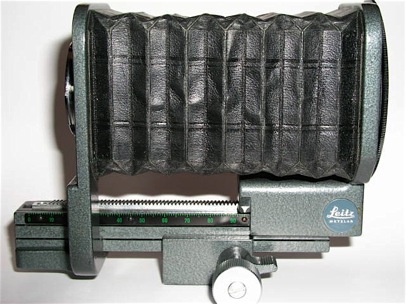
Next a couple of whoppers. First the 200mm Telyt, an f/4 lens of wonderful sharpness and zero automation. You have to stop down by hand though, in its defence, it fits just about anything out there with the right adapters – Visoflex I, Visoflex II/II, any number of SLRs and, yes, you guessed it, even DSLRs. $179 doesn’t seem a lot, even though it has seen better days. Why sell? Well, when you have a Canon 200mm L, with auto aperture, auto focus and a stop faster to boot, why torture yourself?
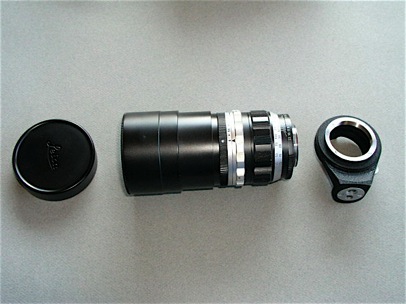
Finally, the piece de resistance, the wonderful 400mm trombone focus Telyt. Sure, I have adapted this to my Canon 5D and it works fine in auto aperture priority mode; the snag is that I take one 400mm picture once in a blue moon, and frankly for those occcasions, the sensor in the 5D is so good that a simple enlargement from a snap taken with the 200mm f/2.8 L is every bit as good, with far less bulk and full automation. Beyond mint this one and superb in every way, it’s a bargain at $645, original box, shoulder brace, the whole megillah.
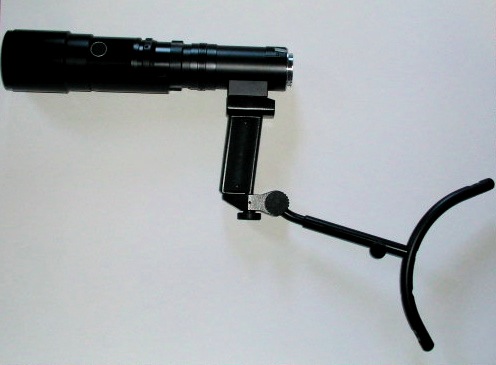
Now hang on a minute. That little lot, if it all sells, adds up to some $1,000+. Now I don’t need any more equipment, as I have all I need. Then again, a few more books with photographs never hurt….